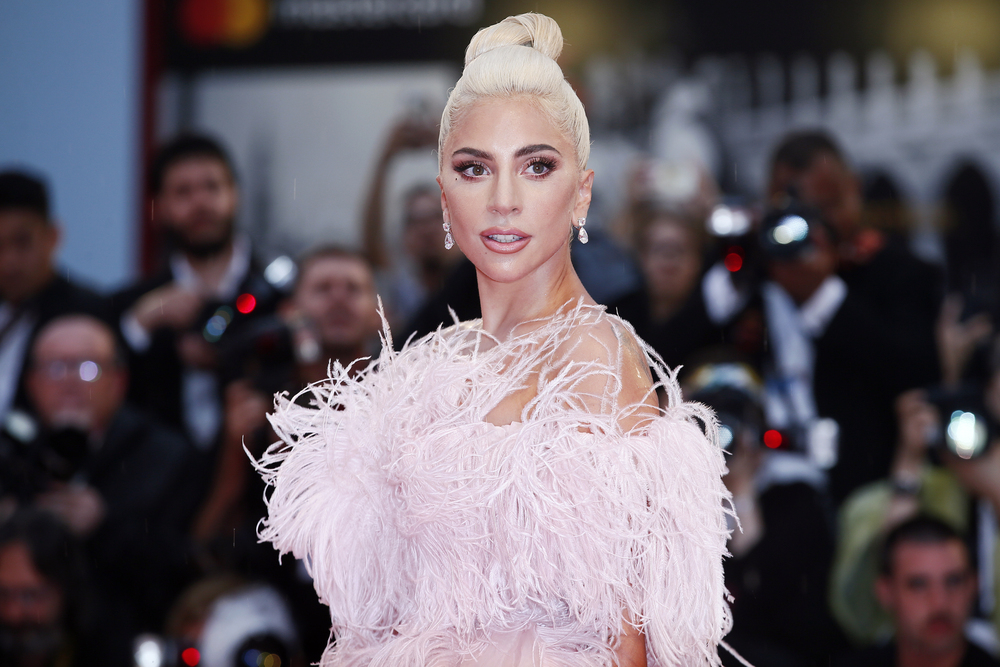I’ve always believed that each generation’s sound represents its own combination of trends and technology. Back then, in the 1960s, basic rock ‘n’ roll rhythms and soulful beats had a certain magic that felt different from today’s polished, digital productions. I often wonder whether all these new tools and trends have improved the spontaneity that once made every hit feel unique. In many situations, what we hear now is a combination of global influences, technological advancements, and a touch of nostalgia for what once was.
The Evolution of Pop: From Vinyl to Streaming
Remember when vinyl, live shows, and the crackle of the radio created the atmosphere? Classics by superstars with names like The Beatles and Madonna were more than just tunes; they were shared experiences that transcended generations. Life moved to the beat of a live performance long before screens demanded that every note come followed by a style statement. Then, on an otherwise average afternoon, television stepped in with music videos that made an artist’s appearance nearly as important as the song itself. Suddenly, what began as pure sound turned into a feast of visuals and expressions, while the rhythm of the music itself was occasionally lost in the mix.
Before you knew it, digital downloads and streaming services like Spotify had completely changed the script, with albums giving way to strange, algorithm-curated playlists, and the entire experience becoming data-driven. Nowadays, even videogames incorporate catchy pop tunes—the BBC has observed how smoothly these singles blend into gaming soundtracks. Surprisingly, the casino world joined in, with new slots releases creating an engaging atmosphere for players. Thanks to the usage of pop music on the soundtrack of these games, their environments seem to be more engaging.
The Influence of Gaming, Fashion, and Art on Pop Music
Pop has always coexisted with art and style, never standing on its own. Iconic performers including David Bowie and Lady Gaga incorporated powerful fashion statements into their signature sounds. In more recent times, video games have raised the bar. Game soundtracks may now deliver beats just as strong as any album, and collaborations with game developers have resulted in interactive musical adventures. Take a look at some games like Grand Theft Auto V, which have staged virtual concerts that cross the line between live music and digital entertainment.
Social media and platforms like TikTok have altered the rules even further, pushing songs to viral heights almost instantly – however, in most cases, NME critics argue that some of that virality comes at the expense of deeper lyric investigation.
Is Pop Music Better Today?
Is pop music actually better today, or has it simply been reinvented? Personally, I’m torn—while I enjoy the sophisticated blend of digital production and global reach, I can’t help but miss the unedited spirit of previous times. Modern pop is generally about adaptation; it has been fused with gaming, fashion, and even the high stakes of online gaming environments, proving it can change with the times.
Still, part of me wonders if chasing trends and data-driven hits might often lose the essence that defined a generation’s greatest songs. In the end, the constant transformation of pop means that its charm, for better or worse, maintains a constant dialogue between the past and our digital present. Music never stops renewing itself, surprising us and being at the heart of our cultural scene. As technology advances, I can see music blending into more interactive experiences, giving fans new opportunities to connect with their favourite artists. It seems like every new device or software introduces a new method to enjoy a tune, which shows how dynamic things have become.

